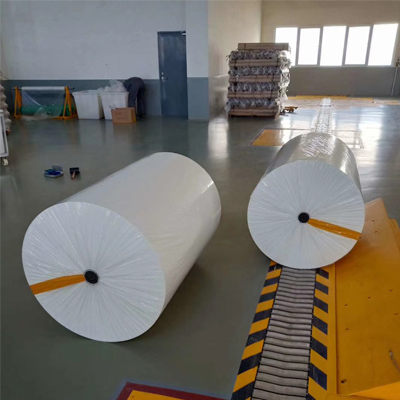- Home
- Understanding the Production Techniques and Applications of Duplex Board Manufacturing Processes and Products
Aug . 13, 2024 01:36 Back to list
Understanding the Production Techniques and Applications of Duplex Board Manufacturing Processes and Products
The Duplex Board Manufacturing Process
Duplex board, commonly known for its smooth surface and excellent printability, is a versatile material used in various applications such as packaging, displays, and more. Understanding the manufacturing process of duplex board is essential to appreciate its characteristics and advantages in different sectors.
The duplex board manufacturing process typically involves several key steps preparation of raw materials, pulping, papermaking, drying, and finishing.
Raw Material Preparation
The primary raw materials for duplex board production are recycled paper and wood pulp. The process begins with the collection and sorting of recycled paper, which is then cleaned to remove impurities like plastics, metals, and other contaminants. This stage is crucial as it ensures that the final product meets quality standards. The wood pulp is sourced from sustainably managed forests, and its quality significantly contributes to the strength and durability of the duplex board.
Pulping Process
Once the raw materials are prepared, they undergo a pulping process. This can be achieved using either mechanical or chemical methods. In the mechanical pulping process, logs are ground down to create pulp, while in the chemical pulping process, wooden chips are treated with chemicals to dissolve lignin, resulting in a cleaner and more refined pulp. This pulp is then mixed with recycled fibers, creating a consistent slurry that serves as the foundation for the duplex board.
Papermaking
The next step is papermaking, where the pulp slurry is spread onto a wire mesh conveyor belt. The water is drained from the slurry, leaving behind a wet sheet of fibers. This sheet is then pressed and passed through rollers to enhance its density and remove any remaining moisture. The sheet is formed in varying thicknesses depending on the intended use of the duplex board. The core of the duplex board usually contains a layer of wood pulp, which provides strength, while the outer layers are made from high-quality recycled fibers, offering a smooth surface for printing and finishing.
duplex board manufacturing process products

Drying Process
After forming, the wet sheets move through a series of drying machines. Hot air is circulated to remove excess moisture, typically reducing the moisture content to around 6-10% for optimal performance. The drying phase is critical as it influences the board's rigidity, flatness, and overall quality. Proper drying ensures that the duplex board can withstand various handling and storage conditions without deforming or deteriorating.
Finishing Touches
Once dried, the duplex board undergoes several finishing processes. This may include cutting, coating, and additional treatments to enhance properties like brightness and surface smoothness. Some manufacturers apply coatings to improve printability and protect the board from moisture and grease, making it suitable for food packaging or high-quality printing applications.
Quality Control
Throughout the manufacturing process, quality control is paramount. Samples are taken at various stages to test for characteristics such as tensile strength, stiffness, and surface smoothness. These tests ensure that the duplex board meets industry standards and customer specifications.
Conclusion
The duplex board manufacturing process is a complex interplay of various stages, each contributing to the material’s ultimate performance and quality. From raw material preparation to finishing touches, each step is carefully controlled to produce a product that meets the diverse needs of customers across several industries. As sustainability becomes increasingly important in manufacturing, the duplex board is well-positioned as a preferred material due to its reliance on recycled fibers and eco-friendly processing methods. Whether for packaging or display purposes, duplex board remains a critical component in modern product design and manufacturing.
Latest news
-
High-Quality Bathroom Cabinet Contact Paper – Durable & Stylish Leading Suppliers, Exporters, Manufacturers
NewsJul.08,2025
-
Premium Wood Contact Paper for Desk – Reliable Suppliers & Exporters
NewsJul.08,2025
-
Premium Contact Paper for Table Top – Durable & Stylish Surface Solution from Leading Manufacturer
NewsJul.07,2025
-
Duplex Board with Grey Back - Reliable Supplier & Competitive Price Manufacturer & Exporter
NewsJul.07,2025
-
Premium White Contact Paper on Cabinets – Trusted Exporters & Suppliers
NewsJul.06,2025
-
High-Quality Duplex Board Packaging for Food Reliable Manufacturer & Supplier
NewsJul.06,2025

